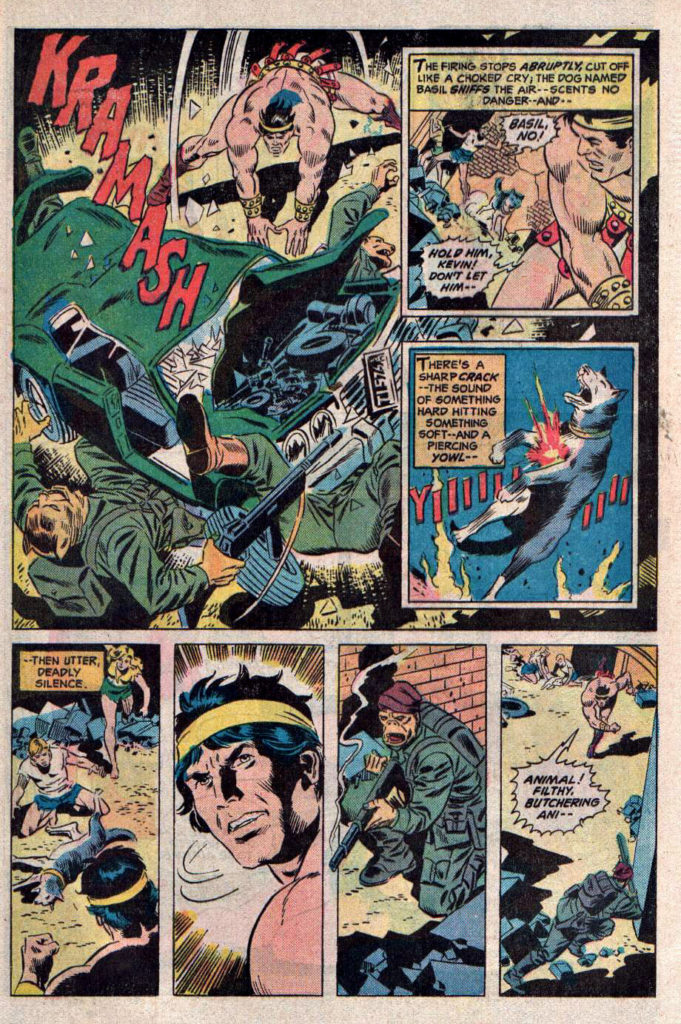Baltimore Comic-Con 2023 — Part 3 Of 4
Baltimore Convention Center, September 8-10, 2023
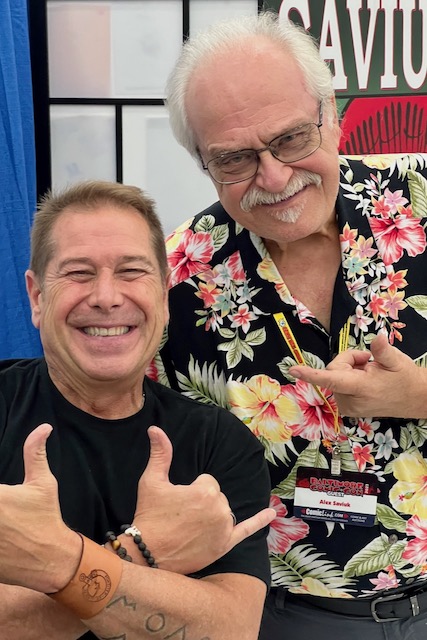
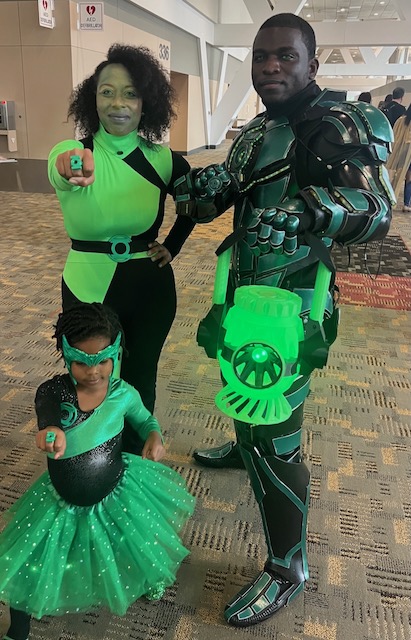

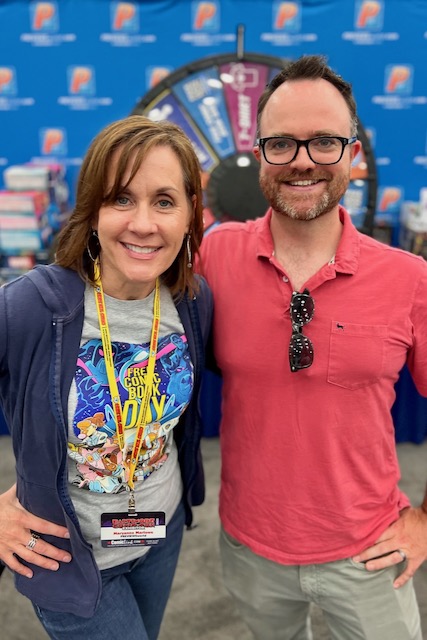
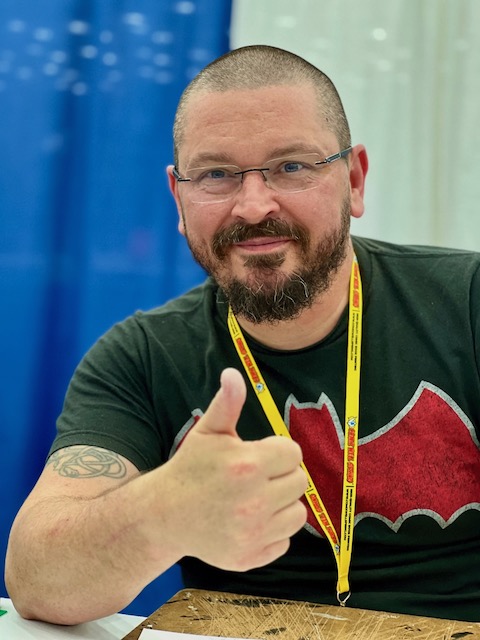
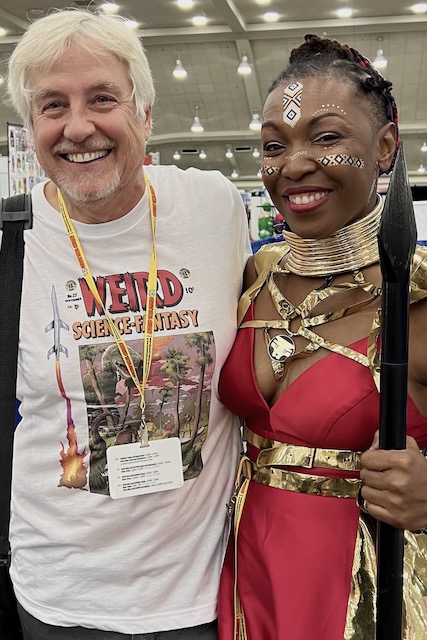
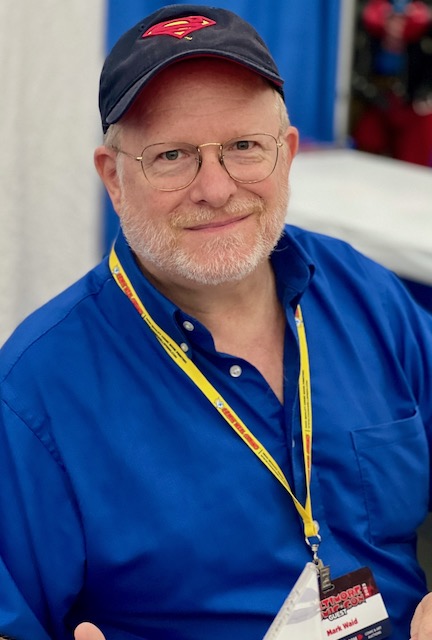
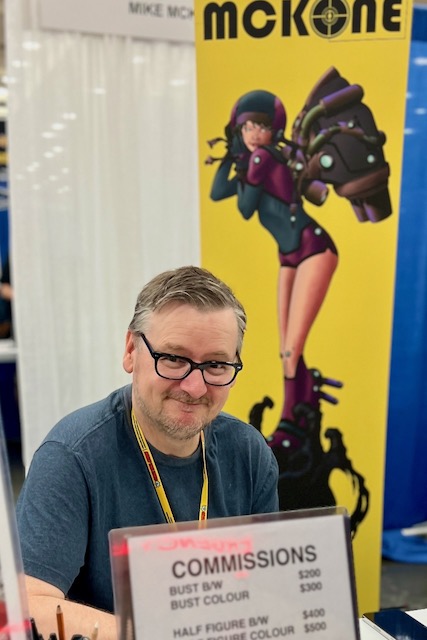

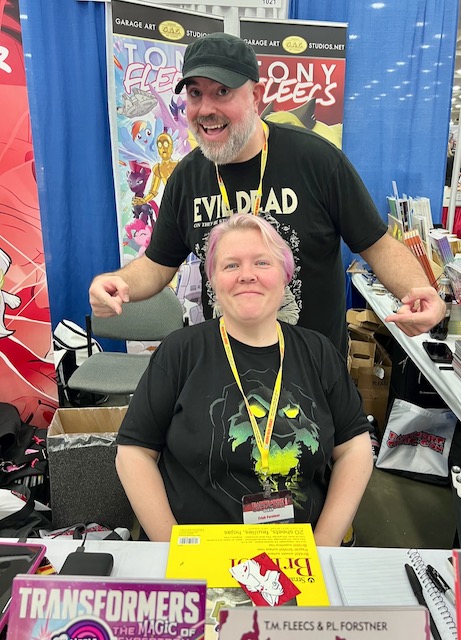
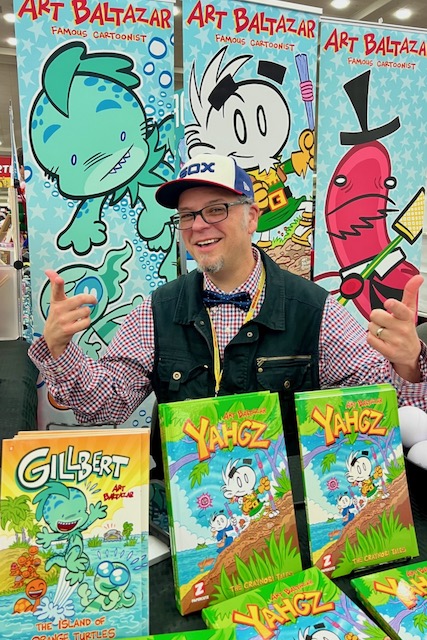


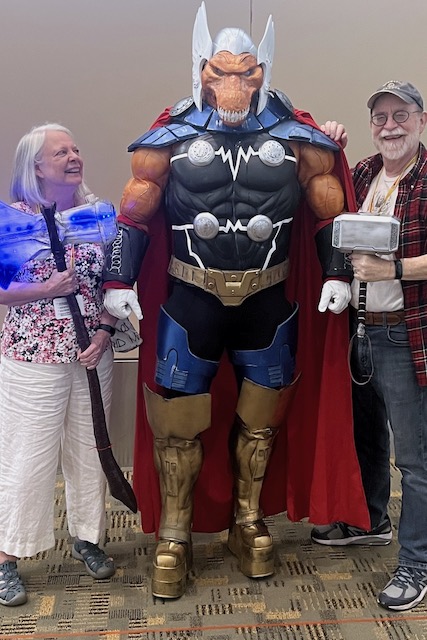
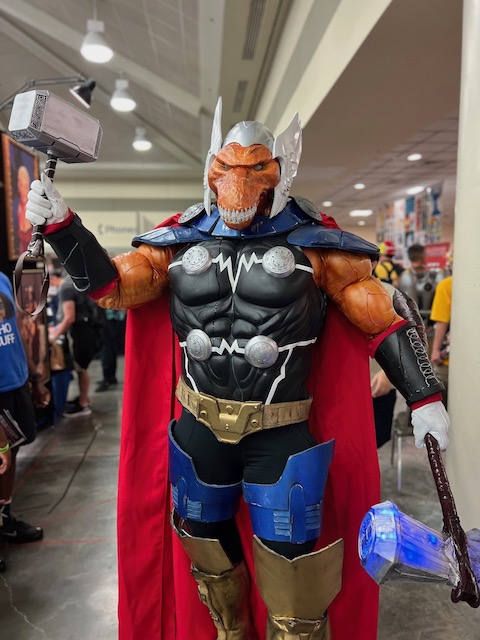
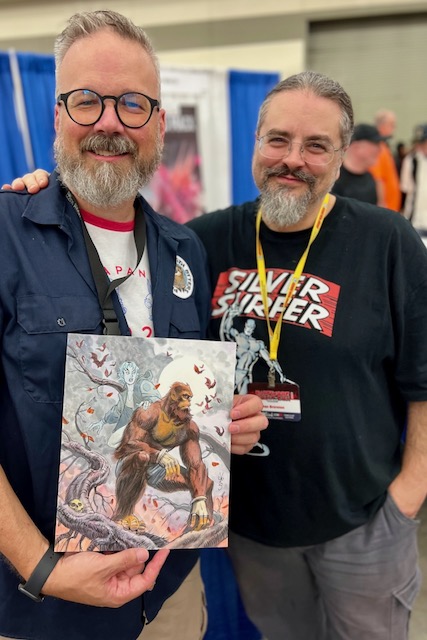
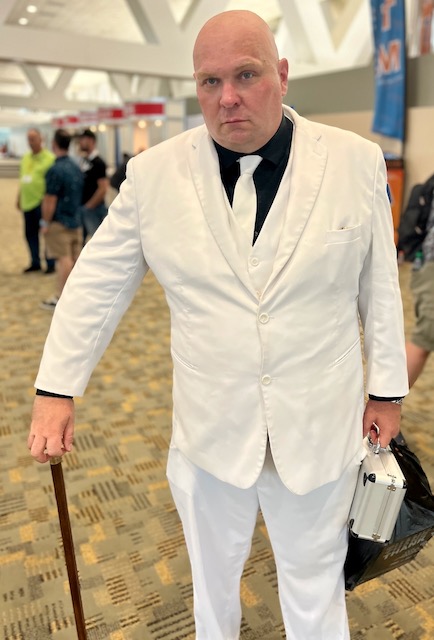
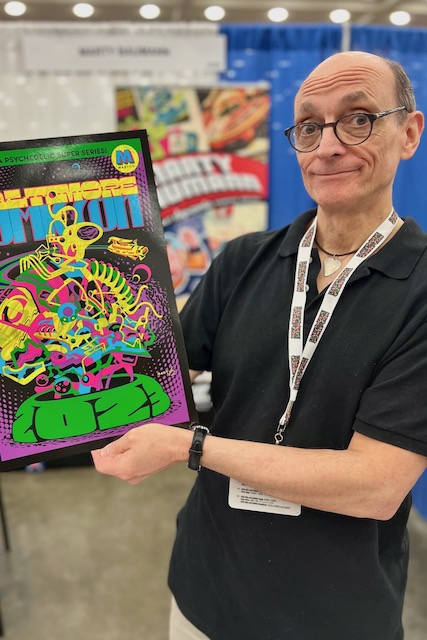


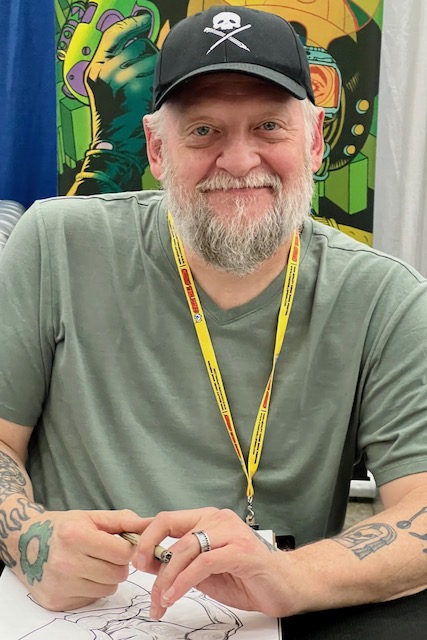
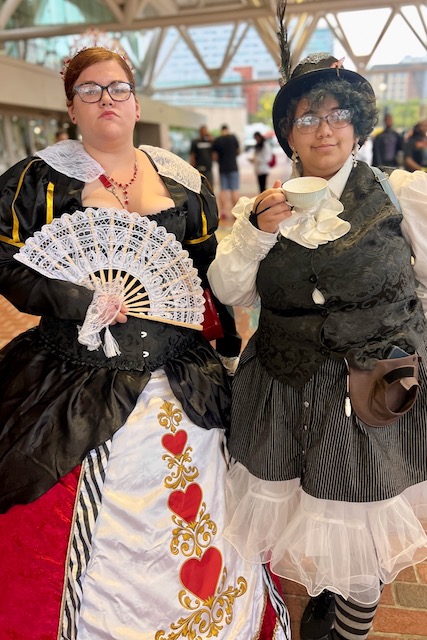
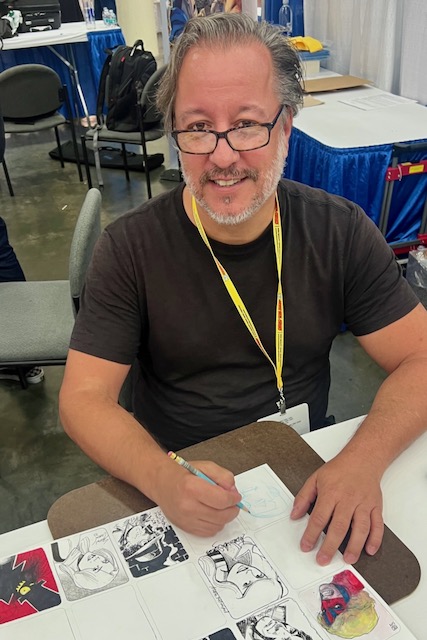

Greg Goldstein's Comic Art Gallery
Panels and Pages… Art and Artists… Creators and Conventions… Musings and Memories…
Baltimore Convention Center, September 8-10, 2023
























October 28-30, 2022
More photos from a stellar event!
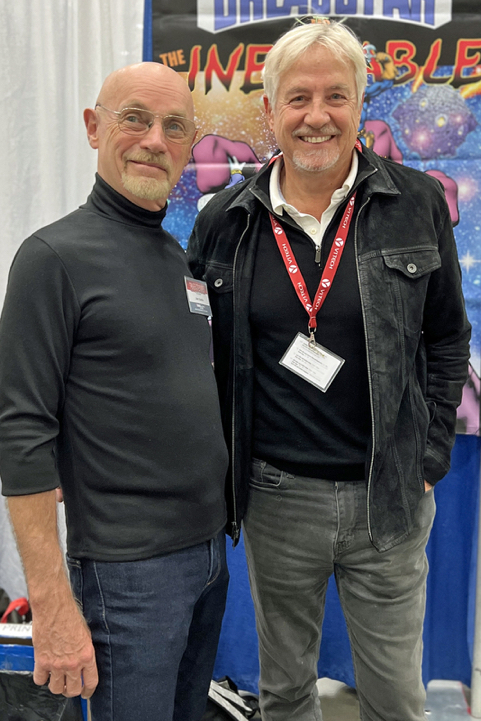

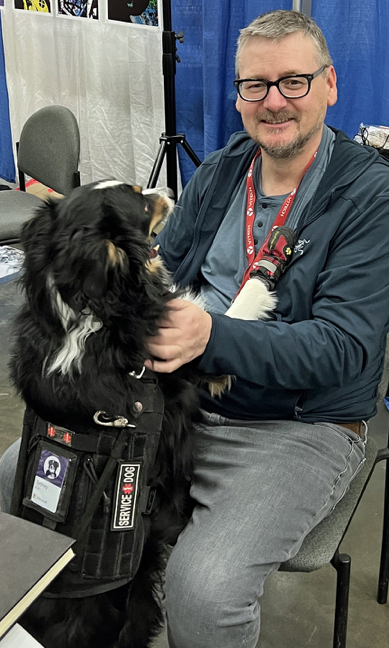
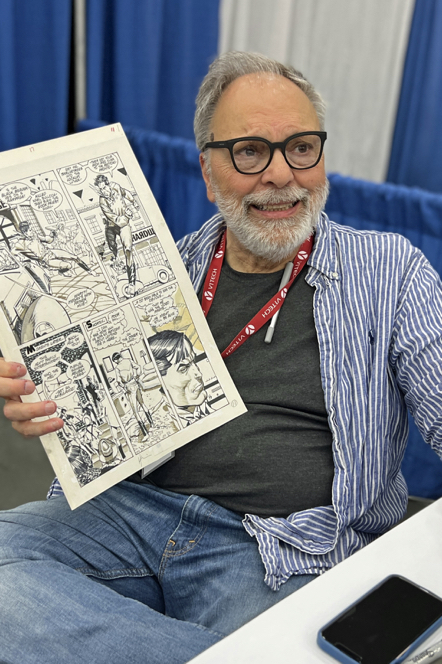
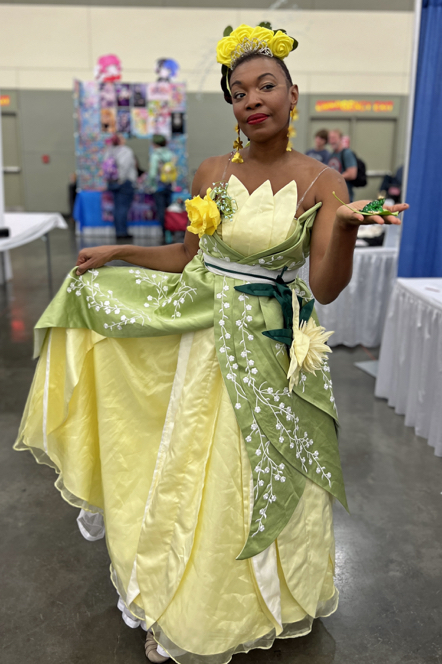

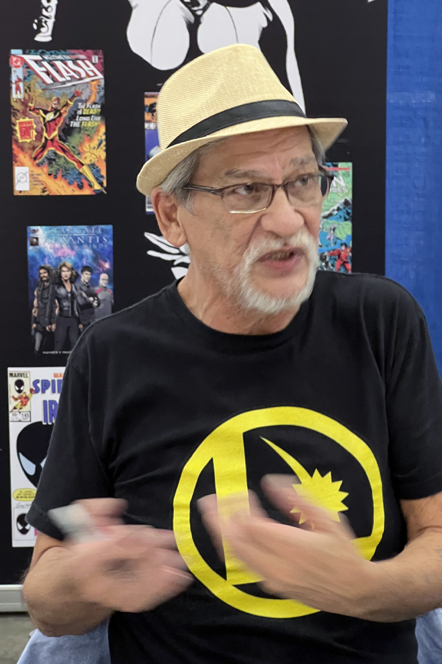
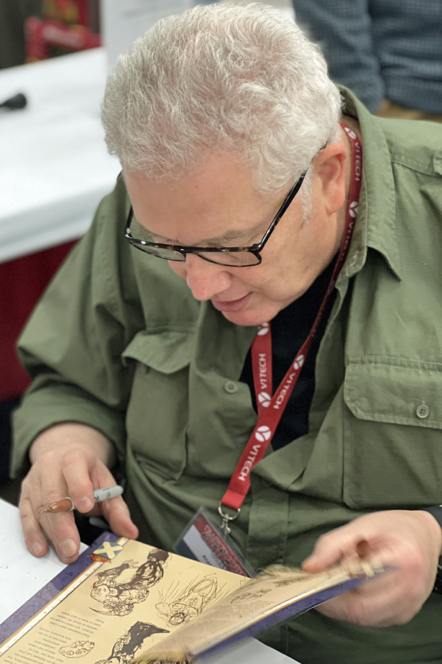

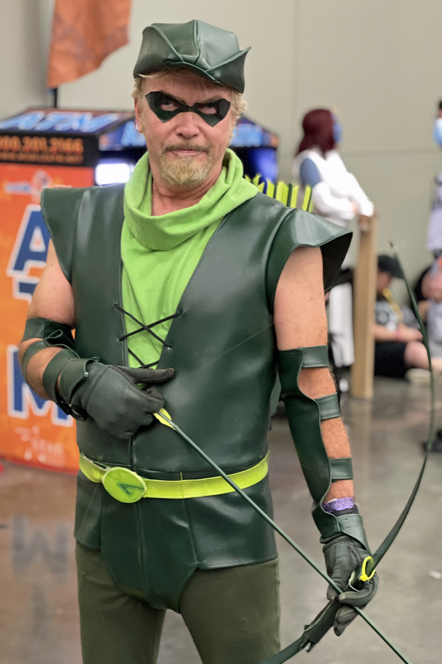
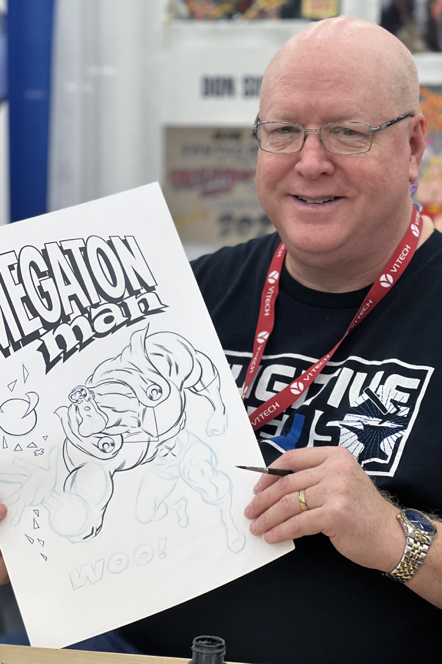

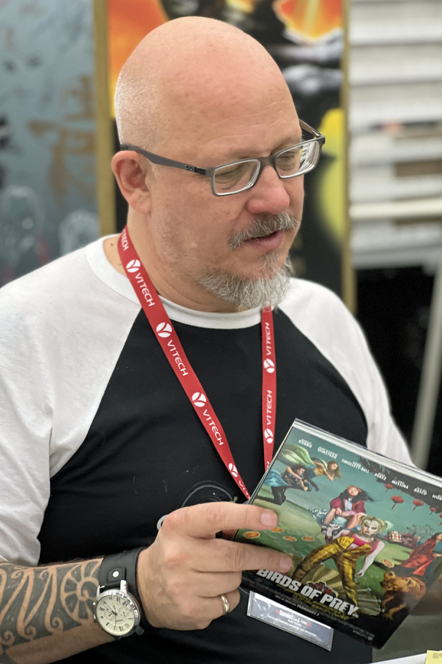
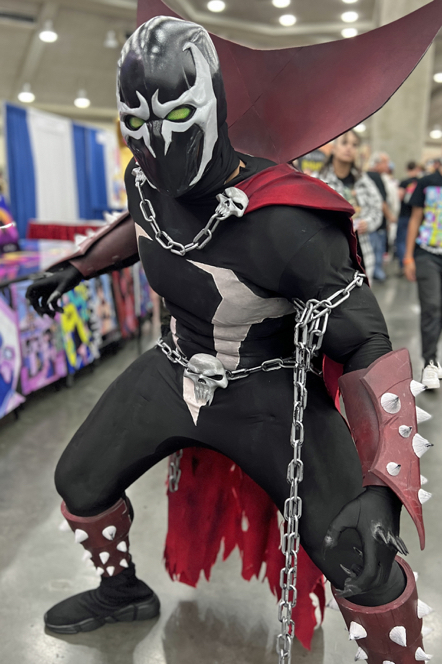
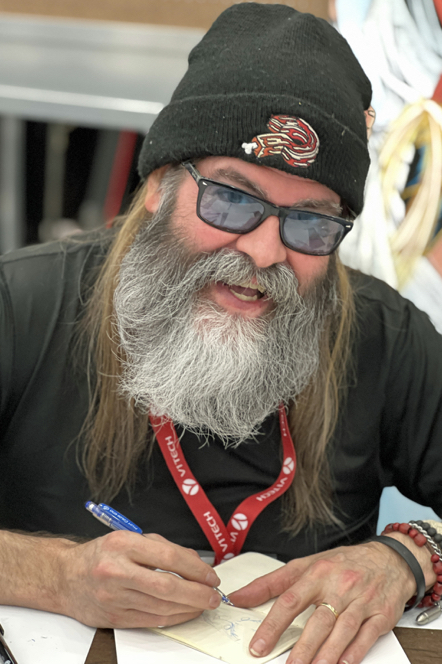
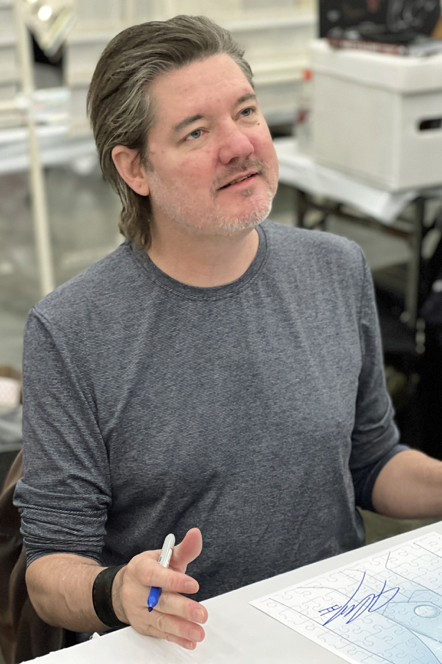
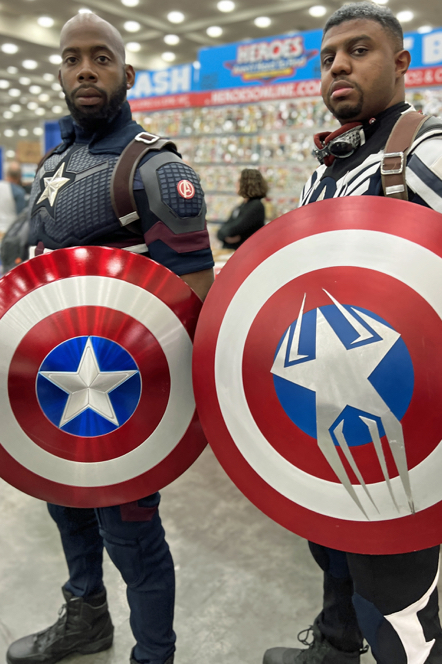
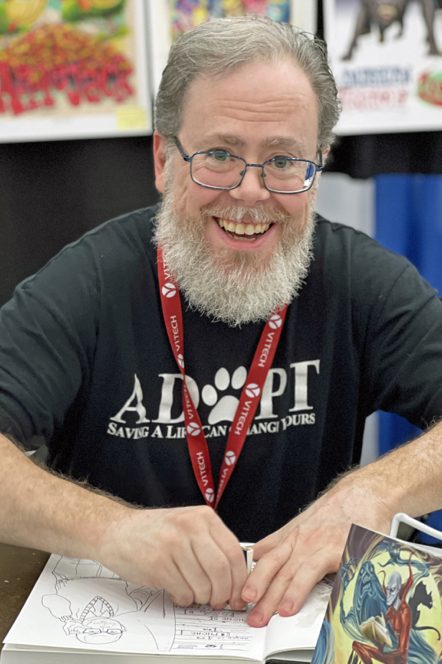
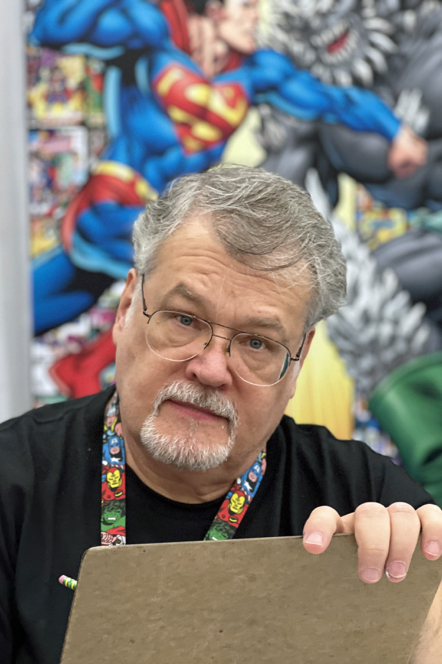
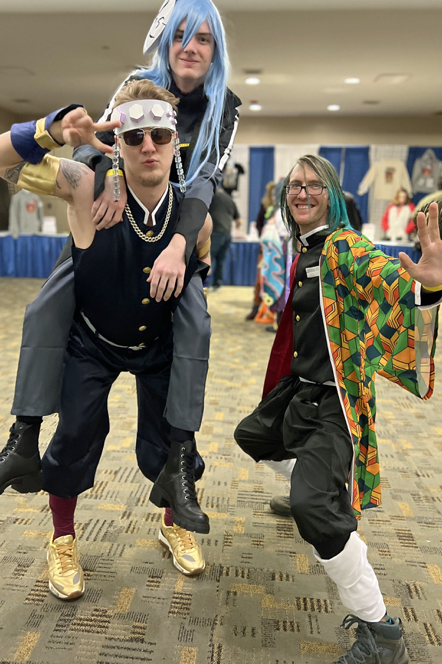
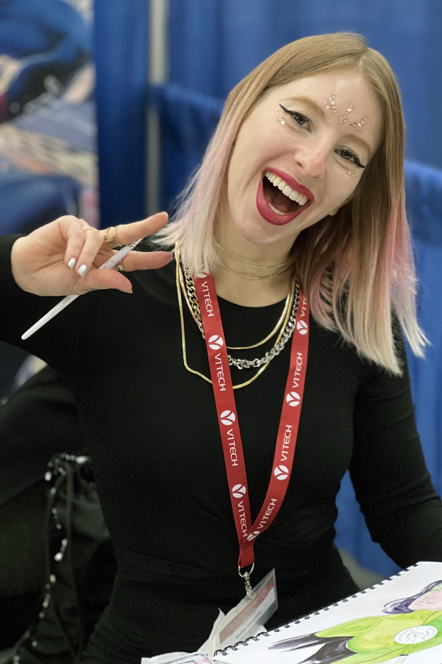
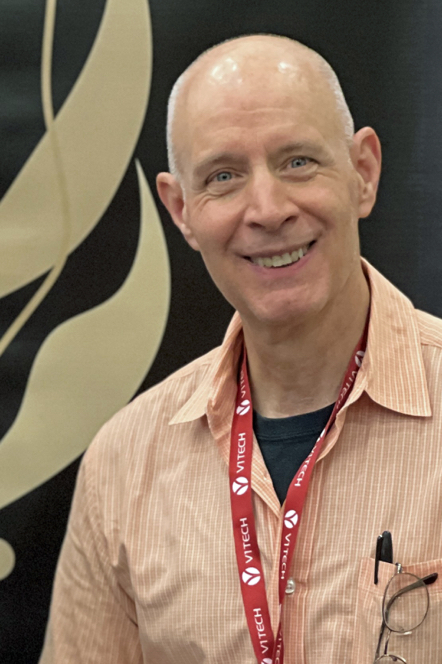
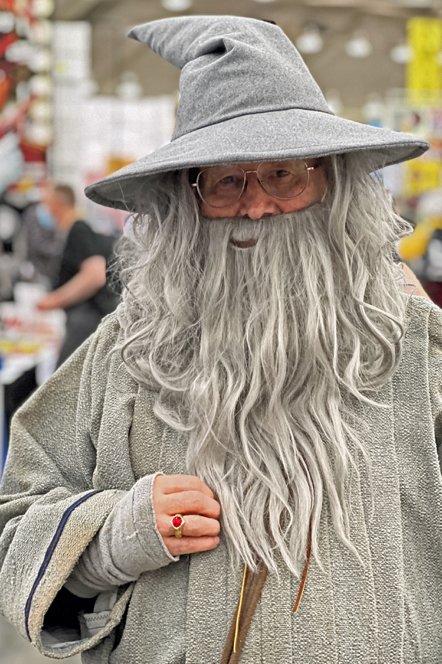
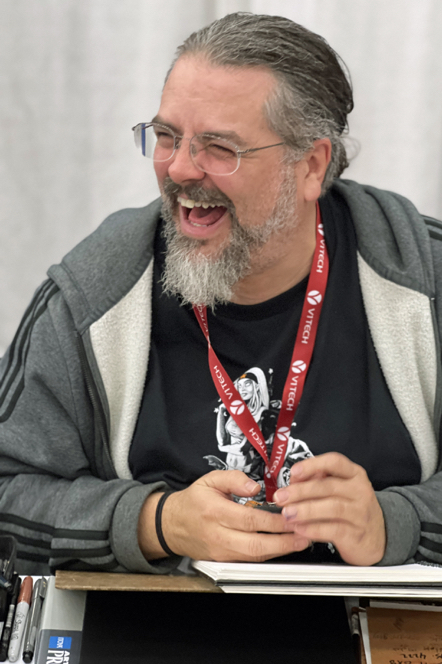
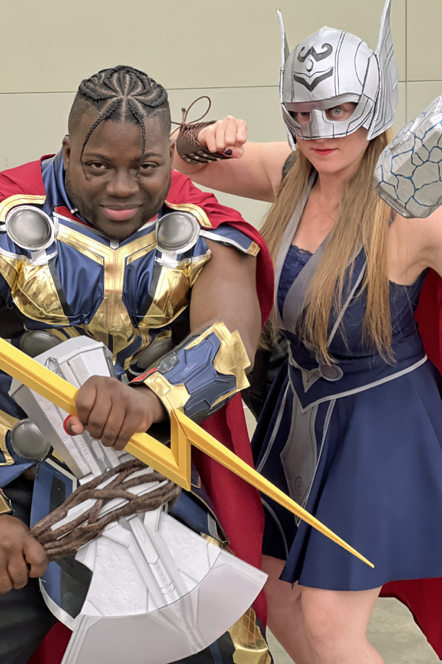
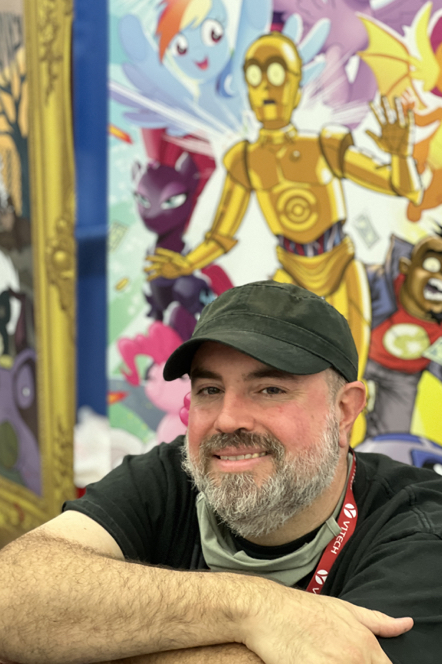
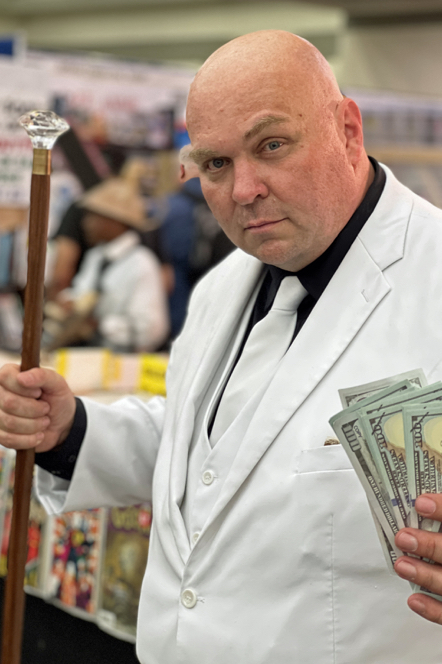



DC Universe Legacies #4, October 2010

Continuing our celebration of the Fastest Man Alive with a few classic “re-runs” — pun absolutely intended— from the early days of the blog. Today’s post is part two, of the genre within a genre, “The Flash of Two Worlds.”
Two legends team up, and tell the tale of two legends teaming up.
This fabulous story page comes to us courtesy of DC Universe Legacies, a 10-part 2010 series written by the late Len Wein that provides an overview of DC history (in contemporary continuity) through the eyes and life story of a one man. The series features an all-start line-up of DC art talent including Joe Kubert, Jerry Ordway, Dan Jurgens and many others.
The page here, showing the Flashes meeting for the first time, contains retroactive continuity (retcon), as both characters exist in the same universe — which is the established “post-Crisis” narrative. Also, in the original Flash #123, the Flashes have already met and teamed up when they get to the construction worker.
Garcia Lopez and Gibbons are a terrific pairing, and I was fortunate enough to find this great page before someone else did.
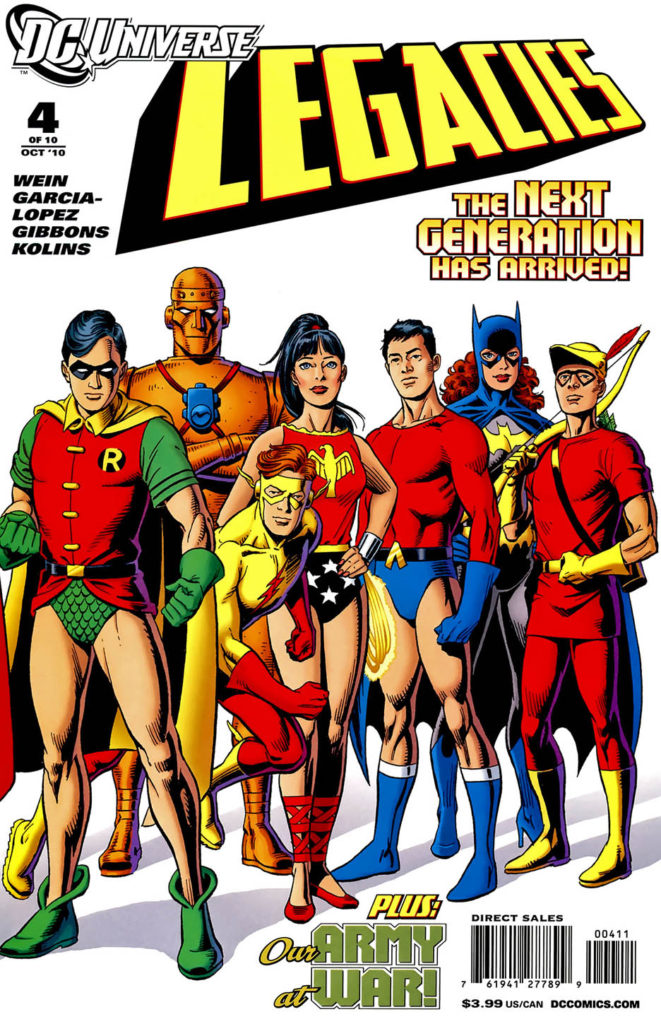

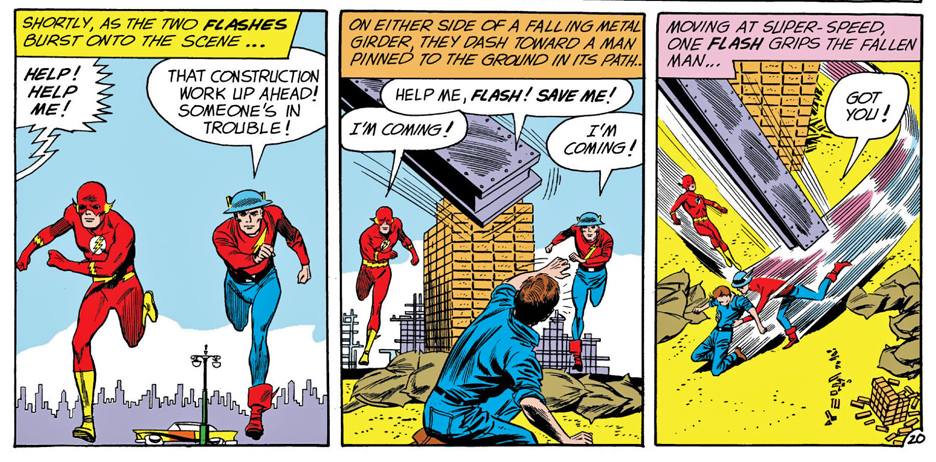
Deadman #2, April 1986
Our third annual Halloween tribute continues now through October 31.
1986 was arguably DC’s finest year. In fact, it may be one of the most of critical years in any company’s history. (DC’s entire two-year period of 1985-1987 is unmatched in terms of quality projects.)
Watchmen. The Dark Knight Returns. The Superman reboot by John Byrne, Man of Steel. Not too mention Crisis the year earlier, Batman: Year One a year later. Etc. Etc.
Occasionally lost in all of these amazing titles is the astonishingly gorgeous Deadman mini-series by Jose Garcia Lopez (Written by Andy Mangels). Every page looks great, and some are breathtaking. (A word, I rarely, rarely use, at least as far as comic art is concerned.)
Don’t trust my word here. Read the series, finally collected in the recent Deadman Omnibus. (Which also collects most of the Silver and Bronze Age Deadman material including the earliest stories by Neal Adams.)
It’s just beautiful wok by Lopez, who is often referred to as an artist’s artist. Ask just about any professional artist to name the top talents in the industry and Lopez’s name is invariably near the top of the list.
I’m grateful I acquired this cool page earlier this year.
Weird War Tales #44, February 1976
Weird War Tales wasn’t in my wheelhouse as a kid. I liked most of the DC war books, but I especially enjoyed the realistic stories, many, if not most, imbued with an anti-war spirit.
Weird War, with its robots, ghouls and goblins, just didn’t do it for me.
Come to think of it, I wasn’t a Haunted Tank guy either. Like I said, realism was more my cup of tea in the war books. (Meanwhile I was a big fan of DC’s “conventional” horror titles like House of Secrets and House of Mystery. Go figure. And, as always I digress.)
But… as I became more fascinated by the visual aspects of comic book storytelling, I realized I had missed a few things, including some great art in that title.
Here’s a nice example from José García-López on a page that clearly inspired Joe Kubert’s cover. (And not too weird at this point in the story, yet.)
José García-López is just great in any genre.
DC Special Series #27, September 1981
Late April is the time of year when we are typically revved up and ready for the upcoming summer movie blockbuster season.
Definitely not this year. June perhaps? (Fingers crossed, and all that.)
So here at the blog this week, we present the big blockbusters you will never see on the big screen anyway — crossovers featuring the Incredible Hulk with characters from other universes, starting with…
…Hulk vs. Batman.
This was the second character crossover between Marvel and DC, following the successful pairings of Spider-man and Superman a few years prior. At the time Superman was DC”s most important and recognizable character worldwide, so despite the power inequity, that original pairing made commercial sense. Of course, Batman vs. Spider-man is a fairer fight.
And Hulk vs. Superman? That seems fairer — More on that later.
Meanwhile, despite the improbability of the match-up, Jose Garcia Lopez presents a master class in comic book storytelling in 48 pages.
It’s an astonishing piece of work, by an artist’s artist. Both visual imagination and draftsmanship are superb here. Many of the pages are top of class, and very few are anything less than terrific.
I prefer Lopez inking himself, but Giordano does a terrific job, and despite the mismatch of powers, it’s a fun ride.
But seriously, Batman “vs.” Hulk? (Eventually, of course, as illustrated here, they team up.) It may have been a fun ride, but realistically, it should have been a very short one.
Teen Titans #100, August 2011
2020 is the 55thanniversary of the Teen Titans.
Well, technically, anyway.
The “Teen Titans” did in fact launch in 1965, quickly moving from tryouts in The Brave and Bold and Showcase to their own series at the end of the year.
But, in 1964, three of the Titans actually appeared in an earlier issue of The Brave and Bold. No team name, just Robin, Aqualad, and Kid Flash appearing in an all sidekicks story.
They only became the “Teen Titans” the following year with the addition of Wonder Girl.
Wonder Girl of course is not actually Wonder Woman’s sidekick. She is actually… Wonder Woman as a teen, ala Superboy. But continuity be damned, she was retconned and re-retconned and… oh boy. (Screenrant has a good overview of this silliness here.)
We know the fine folks at DC were reading Marvel comics to see what all the fuss was about, but it’s obvious it wasn’t resonating in the continuity department.
Anyway…
Jose Luis Garcia-Lopez, one of the most talented artists to ever work at DC — or anywhere — here creates the definitive image of the classic group. (Speedy joined in issue #19 and Aqualad came in and out at that point, so these five are the core team.)
The pin-up initially appeared in issue #100 of a modern series, and shortly thereafter became the back cover of the 50th anniversary book of the team.
It will eventually appear elsewhere. Probably as a front cover of some silver age collection.
Trust me. It’s just too good to not be re-used.
DC Universe Legacies #4, October 2010

Part 4 (of 5) of our special Flash series.
Two legends team up, and tell the tale of two legends teaming up.
This fabulous story page comes to us courtesy of DC Universe Legacies, a ten-part 2010 series written by Len Wein that provides an overview of DC history (in contemporary continuity) through the eyes and life story of a one man. The series features an all-start line-up of DC art talent including Joe Kubert, Jerry Ordway, Dan Jurgens and many others.
The page here, showing the Flashes meeting for the first time, contains retroactive continuity (retcon), as both characters exist in the same universe — which is the established “post-Crisis” narrative. Also, in the original Flash #123, the Flashes have already met and teamed up when they get to the construction worker.
Garcia Lopez and Gibbons are a terrific pairing, and I was fortunate enough to find this great page before someone else did.


Hercules Unbound #4, May 1976 (Pencils by Jose Luis Garcia-Lopez)

Gerry Conway and Jose Luis Garcia-Lopez — an artist’s artist if there ever was one — launched Hercules Unbound in 1975. But the real news was that Wally Wood would be inking the book.
Wally’s lush art had graced just a handful of DC superhero titles in the late ‘60s, when I had first started actively reading comics. My first exposure to his stellar inking was likely in 1968’s Captain Action. (He also penciled issue #1 of that short-lived series.)
By the time he returned to DC in the mid ‘70s, I was not only familiar with much of his oeuvre (EC, Marvel, Warren, Tower, etc.), I was pretty much obsessed with his art, as both penciller and inker.
If his work at DC was going to be inking only, so be it, because typically it didn’t matter who was penciling — Wood’s dramatic and distinctive inks make everything look mostly like… Wood. That includes hall-of-fame stylists like Steve Ditko and Gil Kane. And frankly, some of those artists’ styles were more fluid and dynamic than Wally’s to begin with.
This page is no exception, featuring dynamic action and storytelling by Garcia-Lopez, who had only recently broken into DC, and would rapidly become one of the industry’s most respected artists. At this point in the series, the art team was most definitely firing on all cylinders.
It did not matter that I wasn’t quite sure how Hercules fit into the greater DC universe, or even if he did. I was going to be saving a small piece of my comics’ budget for Hercules Unbound.
Like they say in the comics: To be continued…

